| Return to main page |
The next morning was even hotter. Dr. Dylagowa led the party to a lakeside swim before breakfast. They walked around the village, which contained barely thirty houses. 'They're mostly Poles,' said the Professor, 'but a few Lemkos have moved back here, including the remarkable man who welcomed us last night. He turned his old family house into an open-air museum or skansen back in the socialist days, mostly at his own expense, obstructed by the authorities. If you walk around these buildings you can get a feel for what peasant life was like in these hills in the era before the First World War, when Galicia was governed from Vienna, as part of the Austro-Hungarian Empire. He also has a fine collection of military relics from the war years. These hills saw vicious fighting between the armies of Austria and Russia, in the years before both Empires abruptly collapsed. Malinowski was still an Austrian subject at the time, but he had the sense to be away doing his fieldwork in the Trobriand Islands.'
The students walked around the museum, where the debris from the previous evening's wedding had not been tidied away. They were overwhelmed by the hospitality of its curator. He explained that he had always tried to hold the middle ground in Lemko identity debates. Of course the Lemkos were distinctive, and his skansen was officially registered as theMuseum of Lemko Culture.
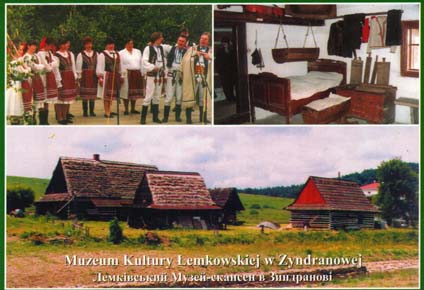
Figure 44: The Lemko Museum at Zyndranowa
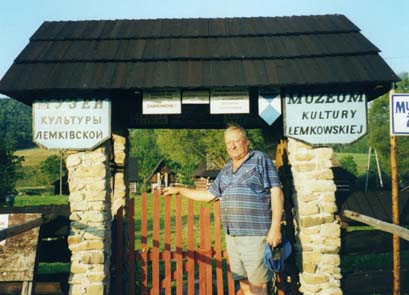
Figure 45: Fedor Gocz at the entrance to the skansen he founded
At the same time, he continued, it was pointless to deny the close
kinship with other east Slavs, not only with Ukrainians but also with Russians
and White Russians. 'We are all descended from Kiev Rus', that much is
clear, despite all the efforts of Polish ethnographers to trace us back
to Wallahian shepherds who came here from the Balkans. I can't agree with
anyone who trys to tell me that my people are a different nation from Ukrainians.
The best of the Polish ethnographers died not so long ago, Roman Reinfuss.
I once told him, 'Professor Reinfuss,' I said, 'you cannot go on writing
about us without listening to what we have to say!' We know now that his
fieldwork in the inter-war period was basically motivated by politics:
he was a Polish government agent.'
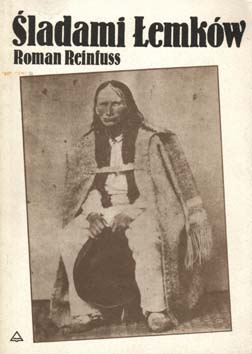 |
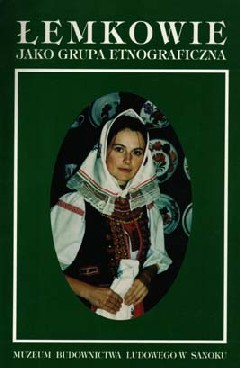 |
Figure 46: Two of the many books of Roman Reinfuss, leading academic 'inventer' of the Lemkos
Tom asked how the museum was funded. 'It isn't,' answered the curator.
'In some ways it was easier for me to get support under communism than
it is today. For a few years I did have backing from the regional capital,
which allowed us to pay the wages of a custodian and to acquire these fine
new buildings. Have you seen the Jewish cottage just down the lane? This
Gypsy forge is the most recent addition to our collection. But then the
money was cut off, just like that. So we have responded by curtailing visitors'
access, though of course we don't want to do this. But I'm seventy years
old and I can't be on duty here myself for 24 hours a day. We applied for
a grant from an international organisation with an office in Cracow, which
we heard wanted to support local initiatives in the field of culture. Exactly
what we do here, we thought. But they never even responded to my letter!
I think they were too busy at the time publishing propaganda to support
the war in Kosovo, which was another scandalous crime against the Slavic
peoples.'
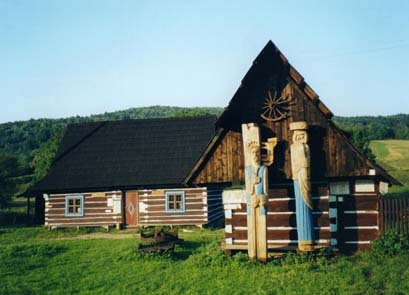 |
 |
Figure 47: Lemko sculpture: the East Slav Millennium church can be seen between the two figures in the picture on the right.
In answer to a question about religious life in the village, the curator's face clouded over and he spoke of sad divisions. 'Listen, I was baptized a Greek Catholic because that was our family tradition. But many visits to relatives in America and a lot of private study showed me that the Orthodox Church was the best embodiment of the Christianity of the Eastern Slavs. The Greek Catholic Church was only established in 1596 due to political pressures from the West. Later it became more or less a national church for Ukrainians. But I think it's much more important to take the longer view, and emphasise the unity of all Eastern Christians. That's why I decided to sponsor that church building you can see just down the road there, which was built to celebrate the East Slav Millennium in 1988. It cost more than 5000 dollars! The other non-Polish families here were happy to come to the services and I really thought we were breaking new ground. But then, with the collapse of communism, the Greek Catholics started an aggressive campaign against us Orthodox. They even sent a young priest to live in this village. Well, with the nearest Orthodox priest living more than twenty kilometres away, it's not surprising that my neighbours soon went over to the Greek Catholics. It's crazy. We're all the same Church really, we sing the same hymns to the same God.'
The Professor announced that the students could disperse and carry out further observations in smaller groups. 'But be careful you don't cross the Slovak border. It's only six kilometres south of here.' Tom and Ania followed a dirt road eastwards, where they met a middle-aged man who was trying to guide his horse-drawn cart out of a small copse and back onto the track. For reasons unclear to the students the man was cursing his horse at the top of his voice. Ania was appalled by his use of the whip, but did not dare to say anything. Eventually the cart was extracted and they could see that it contained a large quantity of logs. 'This is my forest,' the man told them proudly. 'In my grandfather's time it used to be many times larger than this, but then the communists took it all and we were packed off to the west. I've been trying for the last ten years to get this wood registered in my name, but they won't allow it. I tell you, nothing has really changed here since the communist days. So I just carry on doing what I used to do then, I help myself to all the logs I need for the winter, and I don't pay any charges or taxes. Mind, I wouldn't dare cut down anything substantial - not without sharing a drink with the forester first!'
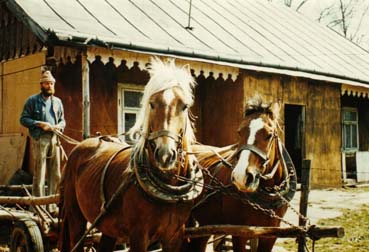
Figure 48: Horses are still one of the main forms of transportation and draught power in the Lemko region.
| Return to main page |